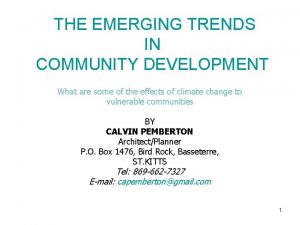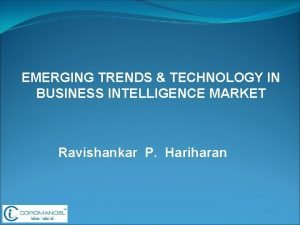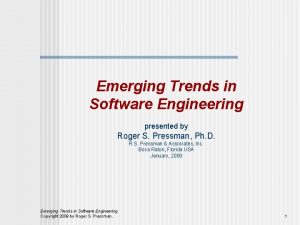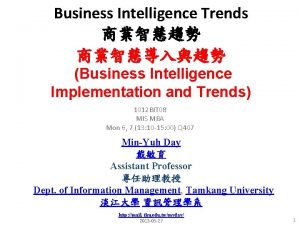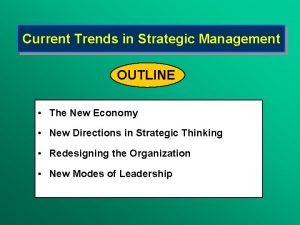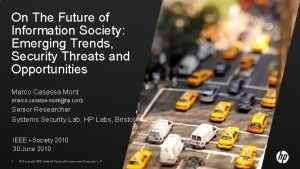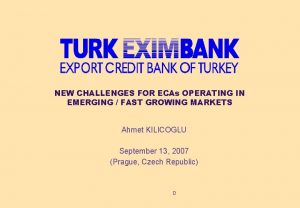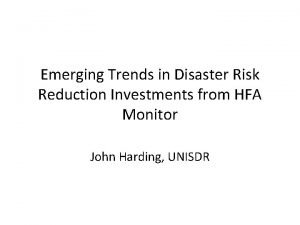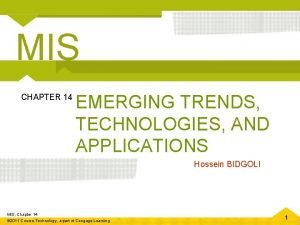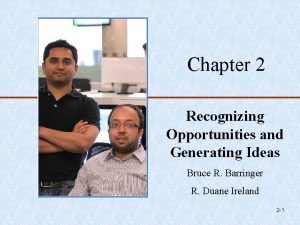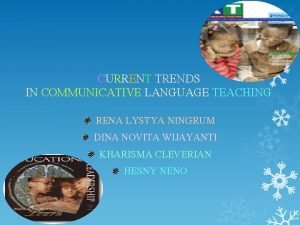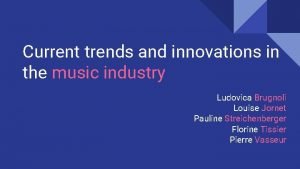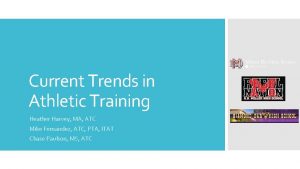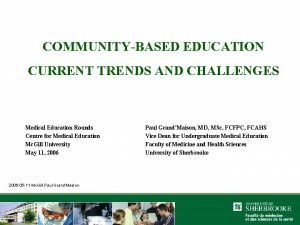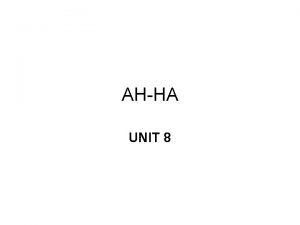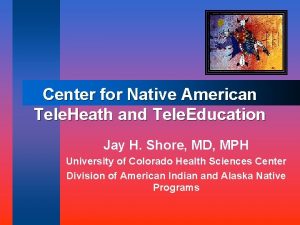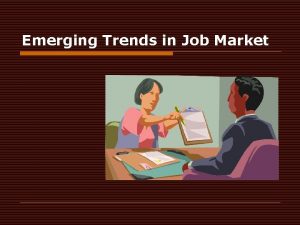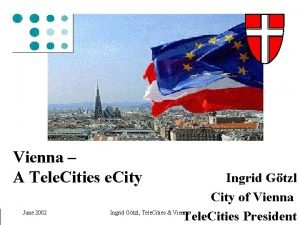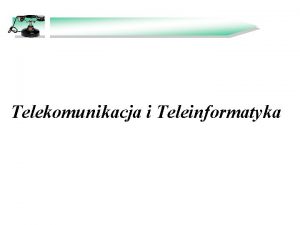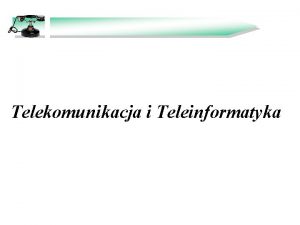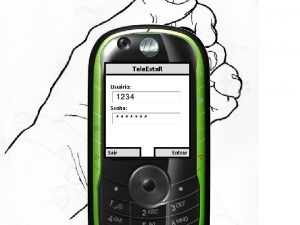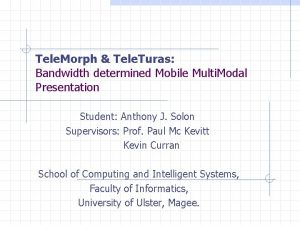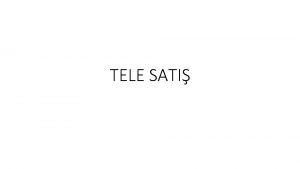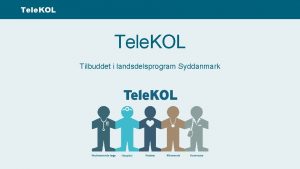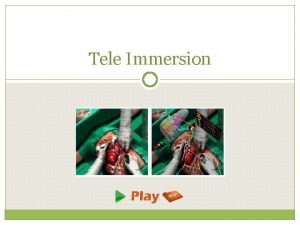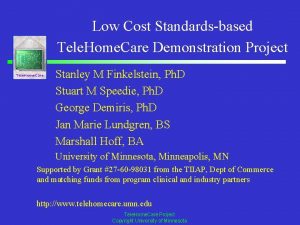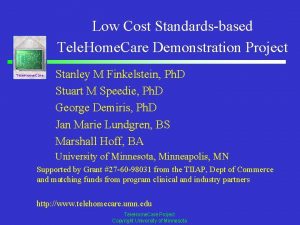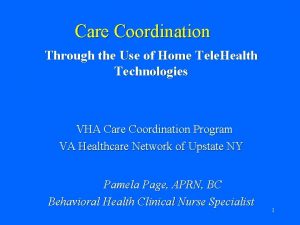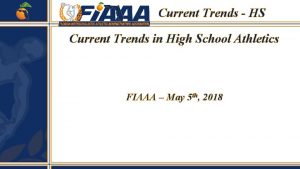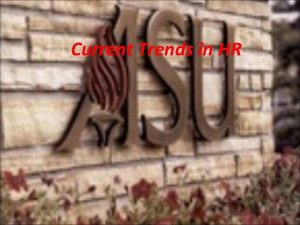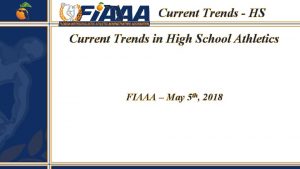Tele Home Care Current Trends and Emerging Opportunities























- Slides: 23

Tele Home Care: Current Trends and Emerging Opportunities David Lindeman, Ph. D Director, Center for Technology and Aging Co-Director, Center for Innovation and Technology in Public Health Aging Means Business Gerontological Society of America November 22, 2010 © 2010, Center for Technology and Aging

The Early Adopter Experience: Veterans Health Administration – VHA Community Care/ Health Technology: $1, 600/pt/yr Age Distribution of all CCHT Patients – vs. Home-based primary care: $13, 121/pt/yr, – vs. Nursing home care: $77, 745/pt/yr – 43, 430 patients enrolled – “Systems Approach” © 2010, Center for Technology and Aging

Today’s Environment: Mobile, HIT, Telehealth Technologies that address Chronic Disease and Maintain Independence Examples from Diffusion Grants Program: Medication Optimization Remote Patient Monitoring Care Transitions Emerging Trends and Future Opportunities © 2010, Center for Technology and Aging

Mobile Technologies 57% of Americans age 65 and older have a cell phone More than 80 percent of U. S. physicians will have smartphones by 2012 --up from 64 percent in 2009 4. 6 billion mobile subscribers end of 2009 © 2010, Center for Technology and Aging

Health Information Technology US putting $19 Billion into HIT Spending on HIT rapidly increasing by 2012 80 percent of physicians and 58 percent of non-users plan to implement Electronic Health Record programs 72 percent of hospitals increasing HIT implementation © 2010, Center for Technology and Aging

Broadband Telehealth American Reinvestment and Recovery Act of 2009 - $7 Billion Broadband Expansion Distance Learning and Telemedicine Expansion e-visits and 24 x 7 x 365 nurse call centers in every state 2008: over 200 telehealth networks connecting 2000 institutions © 2010, Center for Technology and Aging

Technology Trends: Maintaining the Independence of Older Adults – – – – Medication Optimization Remote Patient Monitoring Assistive Technologies Remote Training and Supervision Cognitive Fitness and Assessment Social Networking m. Health Technologies See the Center for Technology and Aging’s Briefing Paper for more information at: www. techandaging. org/briefingpaper. pdf © 2010, Center for Technology and Aging

Medication Optimization – Medication reconciliation, dispensing, adherence, and monitoring. – Medication use is ubiquitous among older adults, with 90% of older adults using one or more prescription medications per week. – New England Healthcare Institute: $290 billion in healthcare savings © 2010, Center for Technology and Aging

Remote Patient Monitoring – Remote collection of patient information using a device: physiological, emotional, location – RPM benefits: • support patient self-management • early diagnosis • reduce ED and hospital services • shift responsibilities to non-clinical providers • improve care coordination • built in patient education programs • improve patient and provider satisfaction © 2010, Center for Technology and Aging

Center for Technology and Aging: Diffusion Grants Program • • • Improve efficiency of care delivery Improve health and independence Reduce the cost and burden of care Improve chronic disease self-management Improve rate of diffusion, adoption, and scaling © 2010, Center for Technology and Aging

Med. Op Diffusion Grants Program Veterans Administration of Central CA – – – Home self-management and medication adherence Veterans that are home-based with Congestive Heart Failure Remotely located internists and allied health professionals 5 central California rural and medically underserved counties The Health Buddy® system plus weight scale, blood pressure monitor, assessment algorithms and clinician alerts – Telehealth coupled with care coordination (RCT) Health Buddy © 2010, Center for Technology and Aging

Med. Op Diffusion Grants Program Connecticut Pharmacists Foundation – Culturally and linguistically appropriate Medication Therapy Management (MTM) services – Community health workers and remotely located pharmacists serving Cambodian-American older adults – Long Beach, CA and Connecticut – Use of videoconferencing, Electronic Health Records, and spoken format technology to deliver MTM services © 2010, Center for Technology and Aging

RPM Diffusion Grants Program California Association Health Services at Home – CAHSAH - 556 members / 850 offices that are direct providers of health and supportive services and products in the home – Use of the Intel Health Guide to monitor patients with CHF – Outcomes: Reduce hospital/ED visits; improve patient activation, QOL & satisfaction (RCT) – Medi-Cal adoption of/reimbursement for RPM technologies © 2010, Center for Technology and Aging © 2010 Center for Technology and Aging

Tech 4 Impact Diffusion Grants Program Technologies for Improving Post Acute Care Transitions – Collaboration with Administration on Aging (Ao. A) and Centers for Medicare & Medicaid Services (CMS) - $68 million – Use of remote technologies to enable care transition models – Evidence-based programs: Coleman, Naylor, Counsell, etc. – Outcomes: Reduce avoidable hospital admissions/ED visits; improve patient health outcomes; reduce costs – Five states through their Aging and Disability Resource Center © 2010, Center for Technology and Aging © 2010 Center for Technology and Aging

Barriers to Diffusion Barriers to Technology Diffusion/Scaling – – – Limited experience of many providers with technology Poor preparation for adopting such technologies Lack of financial models document Return on Investment Limited awareness by patients/clients Provider concerns privacy Information technology barriers lack of interoperability – Lack of business models © 2010, Center for Technology and Aging

Emerging Technologies for Tele Home Care: Trends and Opportunities Courtesy of Ravi Nemana © 2010, Center for Technology and Aging

Many Inventions, Few Innovations • Innovation = Invention + Value – Not just a new way of doing something – Need to show Value too !! • DOING something of value (Services) is the key © 2010, Center for Technology and Aging 17

Services Platforms: Remote Care • • • Remote, but tethered Extension of sight & sound All care at the device Challenging workflow Limited “presence” Low knowledge mobilization No analytics No context sensitivity Scaling problems © 2010, Center for Technology and Aging 18

Advances in Telecare SCOTLAND: Service models combine direct delivery of care to reduce impact on institutions. Service models combine monitoring, help desk, telecare and notification. A hybrid Telecare + Alarm company. © 2010, Center for Technology and Aging

Platforms: Cell. Scope Next. Gen Diagnostics PATIENT #510 - BLOOD 04/09/2009 CURRENT CLINICAL DIAGNOSTIC PROCESS PATIENT #510 Cell Phone Screen showing magnified red blood cells, some infected with malaria DYES ACQUISITION & PREP MICROSCOPE Cell Phone DIAGNOSIS Services: distributed work, sensing, remote collaboration, feedback, decoupling dx / tx Microsco pe Attachm ent Patient Sample/ Slide Courtesy: Dr. Dan Fletcher David Bresslauer © 2010, Center for Technology and Aging 20

“Programmable Rehab” Next. Gen Rehab Services: “programmable rehab”, distributed work, embedded intelligence, collaboration, feedback SENSORS performance arm position Responsiveness evaluation GATEWAY Courtesy: Filippo Tempia, Telecom Italia © 2010, Center for Technology and Aging 21

Platforms Continued Next. Gen Platforms Courtesy VG-Bio. I. © 2010, Center for Technology and Aging Proteus Biomedical (Raisin). Courtesy Cardio. NET, Inc.

The Center for Technology and Aging www. techandaging. org © 2010, Center for Technology and Aging
 Emerging trends in community development
Emerging trends in community development Business intelligence market trends
Business intelligence market trends Emerging trends in software engineering ppt
Emerging trends in software engineering ppt Emerging trends in business intelligence implementation
Emerging trends in business intelligence implementation Strategic management trends
Strategic management trends Emerging trends in society
Emerging trends in society Challenges of emerging trends in operating systems
Challenges of emerging trends in operating systems Emerging trends in disaster management
Emerging trends in disaster management Emerging trends in mis
Emerging trends in mis Apa arti homecare
Apa arti homecare Perbedaan home care dan home visit
Perbedaan home care dan home visit Observing trends in entrepreneurship
Observing trends in entrepreneurship The current and future trends of media and information
The current and future trends of media and information Tertiary level of care
Tertiary level of care Trends in project portfolio management
Trends in project portfolio management Lystya
Lystya Current trends in music
Current trends in music Current trends in athletic training
Current trends in athletic training Current trends in medical education
Current trends in medical education Current trends in counseling
Current trends in counseling Line current and phase current
Line current and phase current Phase to phase voltage
Phase to phase voltage Semiconductor
Semiconductor Ac theory 3 lesson 4
Ac theory 3 lesson 4
